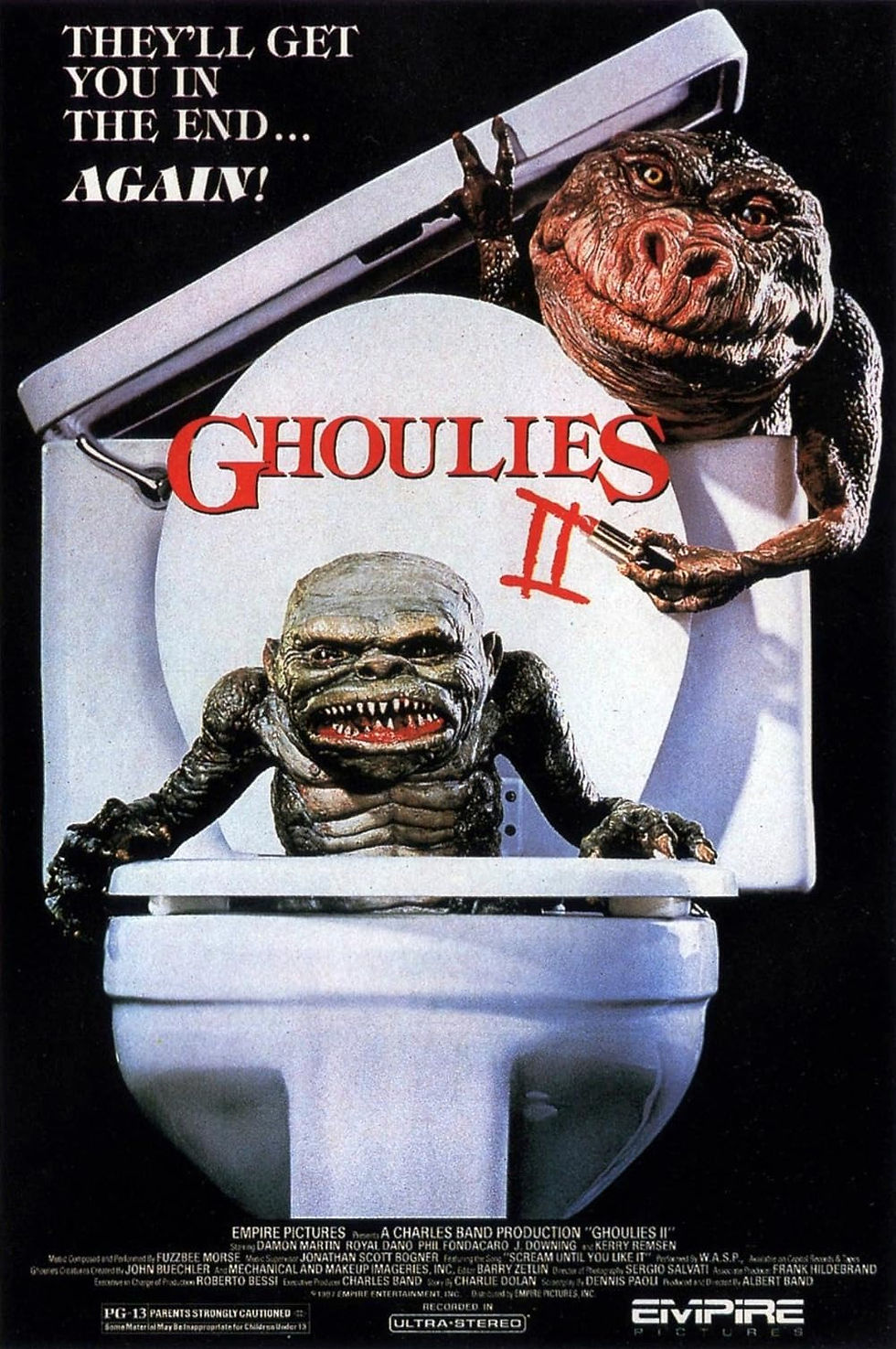90s Slasher Movies: The Resurrection of Gore
- Allan Major

- Jun 25, 2024
- 2 min read

A Bloody Renaissance in Cinema
The neon-soaked '80s had barely faded when a new era of terror slashed its way onto the silver screen. The '90s ushered in a resurgence of the slasher genre, breathing new life into the hack-and-slash formula that had grown stale. This decade saw a perfect storm of self-awareness, dark humor, and buckets of crimson that would forever change the face of horror.
The Scream That Echoed Through a Generation
In 1996, Wes Craven's "Scream" burst onto the scene like a masked killer through a plate glass window. This meta-masterpiece didn't just revive the slasher; it dissected it, examined its tropes under a microscope, and stitched it back together into something fresh and terrifying. Neve Campbell's Sidney Prescott became the quintessential '90s final girl, armed with not just survival instincts, but a sardonic wit that cut as deep as Ghostface's blade.

Urban Legends Come to Life
The campus corridors ran red in 1998's "Urban Legend," a film that tapped into the collective nightmares whispered in dorm rooms across America. Director Jamie Blanks crafted a love letter to folklore that had millennials checking their backseats and avoiding pop rocks and soda for years to come.
Fishing for Screams
"I Know What You Did Last Summer" (1997) hooked audiences with its tale of guilt-ridden teens and a slicker-clad madman. Jennifer Love Hewitt and Sarah Michelle Gellar traded Bayside High for a coastal nightmare, proving that sometimes the biggest horrors come from the sins of our past.
The Sequel Slaughter
The '90s weren't content with just reinventing the wheel; they had to make it roll over more bodies. "Scream 2" (1997) defied the curse of the horror sequel, delivering a college-set bloodbath that was every bit as sharp as its predecessor. Meanwhile, "Halloween H20: 20 Years Later" (1998) brought Jamie Lee Curtis back to Haddonfield for a showdown two decades in the making.

From VHS to Infamy
Not all '90s slashers got their day in the theatrical sun. Straight-to-video gems like "Candyman: Farewell to the Flesh" (1995) and "Child's Play 3" (1991) kept the home video market drenched in gore, ensuring that even on quiet nights at home, no one was safe from the slice and dice.
The Legacy of '90s Slashers
As the millennium approached, the impact of '90s slashers was undeniable. They had reinvigorated a genre, created new icons, and set the stage for the self-referential horror that would dominate the 2000s. These films weren't just about body counts; they were a reflection of a generation's fears, humor, and desire to push boundaries.
The '90s slasher renaissance proved that horror could be both intelligent and visceral, funny and frightening. It was a bloody brilliant time to be a horror fan, and the echoes of those screams still resonate in the halls of horror cinema today. So, the next time you hear a bump in the night, remember: it might just be the ghost of '90s slashers past, reminding us why we fell in love with the genre all over again.







